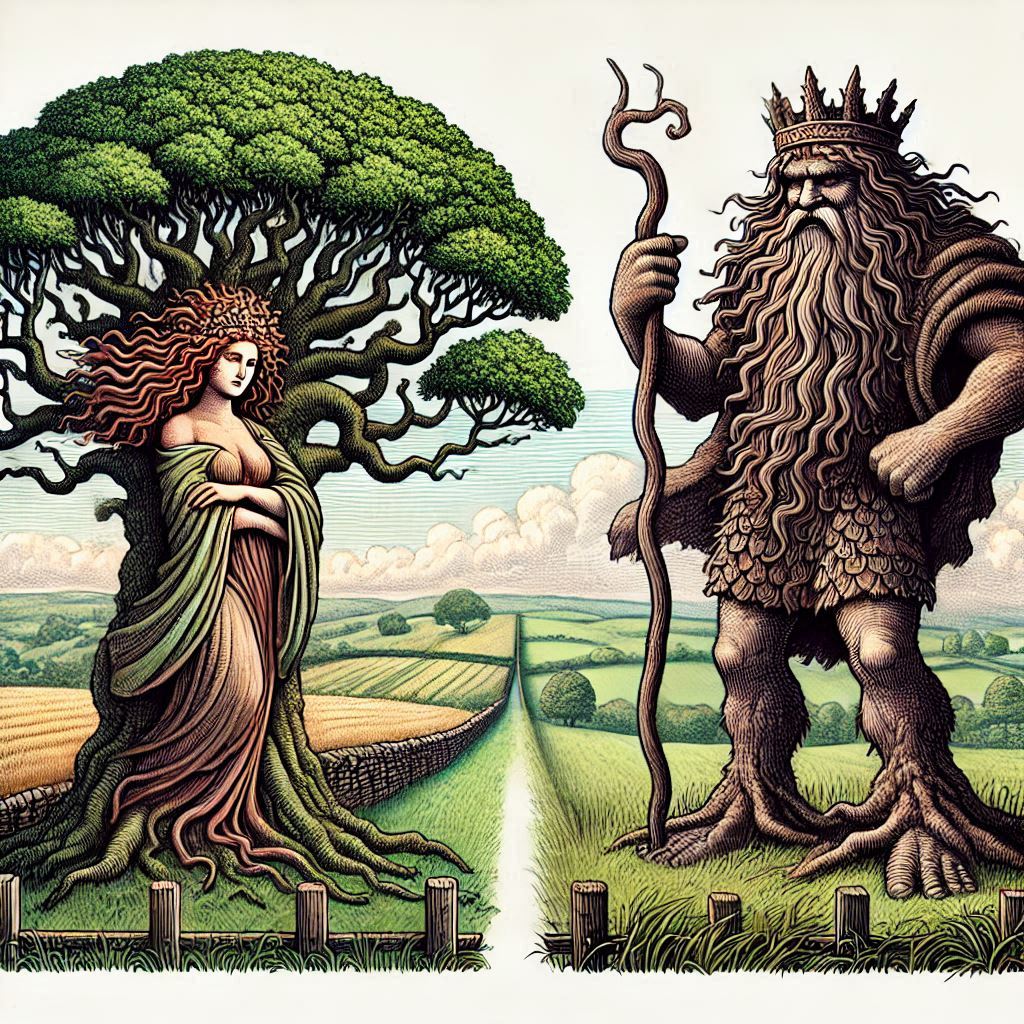No, silver birch does not make a good clipped hedge plant. It will serve, but it’s a somewhat sad sight
However, it is a good tree to grow as part of a pretty, wildlife friendly mixed native hedgerow, featuring a standard tree every few metres
Silver birch is about the worst native tree to try to turn into a hedge plant. Any birch, the Betula family, would be a poor choice.
You still get a hedge out of it when you keep it trimmed, but it will tend towards being weak, thin, and looking sad in winter with no leaves.
The problem is how Birch grows, and its response to being trimmed once or twice a year.
- The cut twiggy stems do not bush out in a pleasing fractal pattern like Beech or Privet, rather they clump up and make ugly knots of wiry growth that provide inconsistent leaf coverage.
- The main trunks of the hedge likewise don’t branch well, so the hedge tends to be narrow.
- It’s not shade-tolerant, so leaves close to the ground will thin out as overhead shade from the rest of the hedge increases.
Finally, Birch wood is not very strong in wood terms, and being cut repeatedly weakens it significantly, removing a lot of the elasticity.
No disrespect to birches, obviously they will still have someone’s eye out, but a birch hedge won’t make a good climbing frame for kids being kids.
You would get better results with Oak, Sycamore, or Ash (Fraxinus exclesior, the one with dieback diease), which also clip poorly as hedges.
To find a Silver Birch hedge, we have to take you to historic Kłodzko, Poland, outside Adam Mickiewicz Primary School.
It’s a well tended hedge, you can see from the low weeds and grass in front that the area is strimmed twice a year, and the hedge is trimmed once.
As a low, decorative, step-over-for-tall-person sort of hedge, it almost looks passable in leaf if you don’t stare rudely at it:
It’s tricky to zoom in and keep resolution; you can see a gap at the base on the left edge, and a sparse area on the right edge. It’s not totally tragic, but this is a good part of the hedge in August, when leaves are most lush.

The close up below shows another section: some years ago, I believe it all looked like the right edge, which you can still peep through in spots.
But before too long passes, properly gappy sections like the left edge increase:
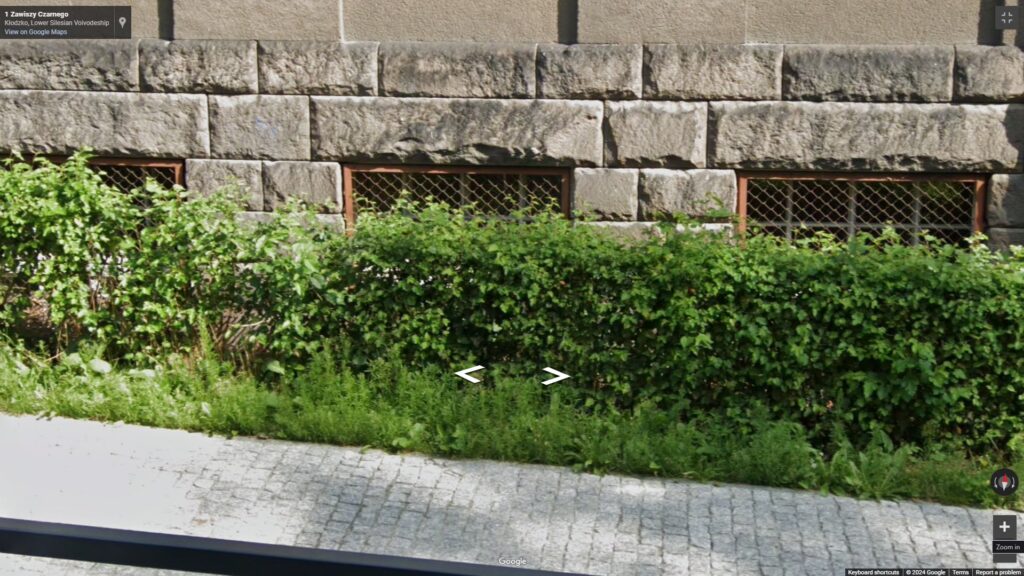
While this silver birch hedge proves that you can grow birch trees in a row and cut them short, it only looks OK-ish because it’s so short.
That more or less solves the problem of getting sparse at the base because the top is shading it out: there is no top, only base. Which is the top. You get it.
It should go without saying, but won’t, that it’s completely fine to throw a couple of silver birch into a mixed native hedge that is 50-70% hawthorn or blackthorn, and clip it with the rest of them.
The thorn will carry the hedge, and the mix will be richer. Birch lays well too, up to quite large trunk sizes.
Growing silver or downy birch as a full size trees in hedgerows is the opposite story: mature birches look great dotted along a hedge.
Below is a freshly trimmed native hedge on the left, with a silver birch tree growing right in the middle. There is a red berried Rowan tree to one side, but she is crashing this photo for attention, ignore her.
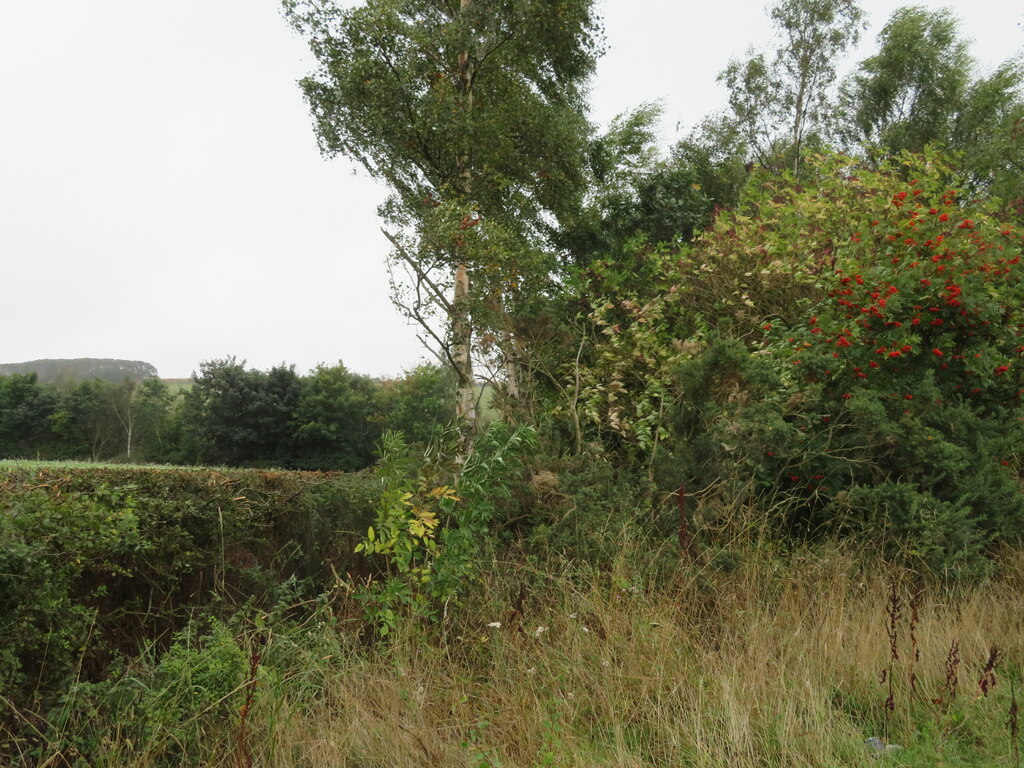
Birch is a great choice for a fast-growing native hedgerow tree that will zoom up in a decade.
But the King of trees on our island home will always be Oak,
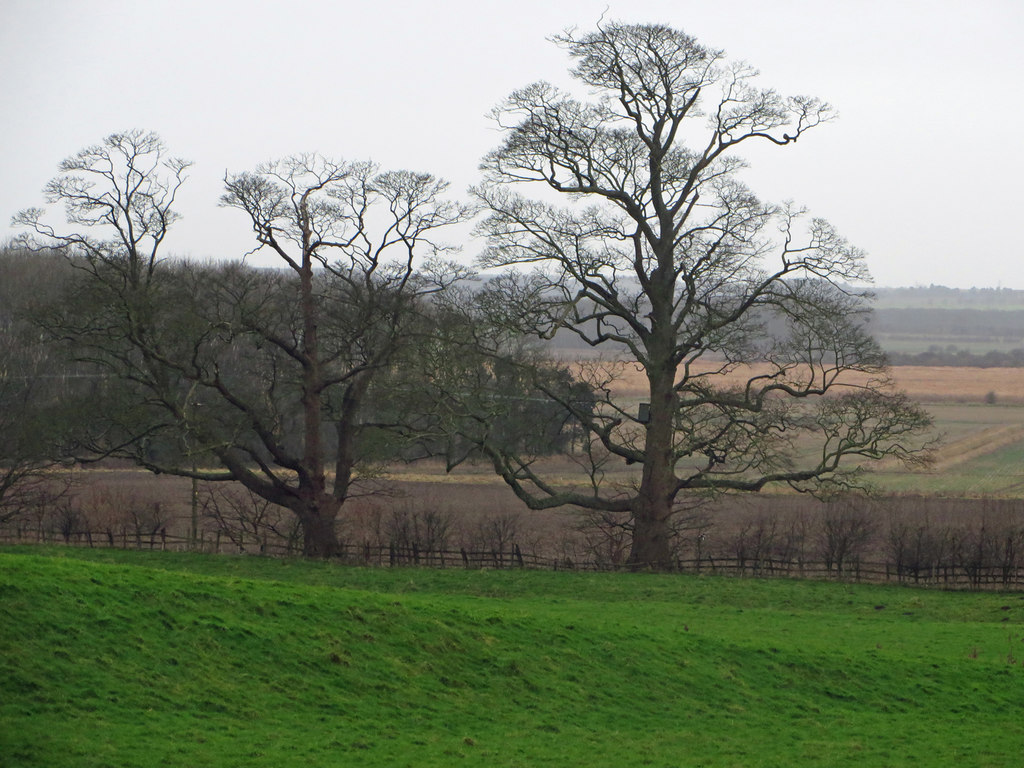
And Beech the Queen:
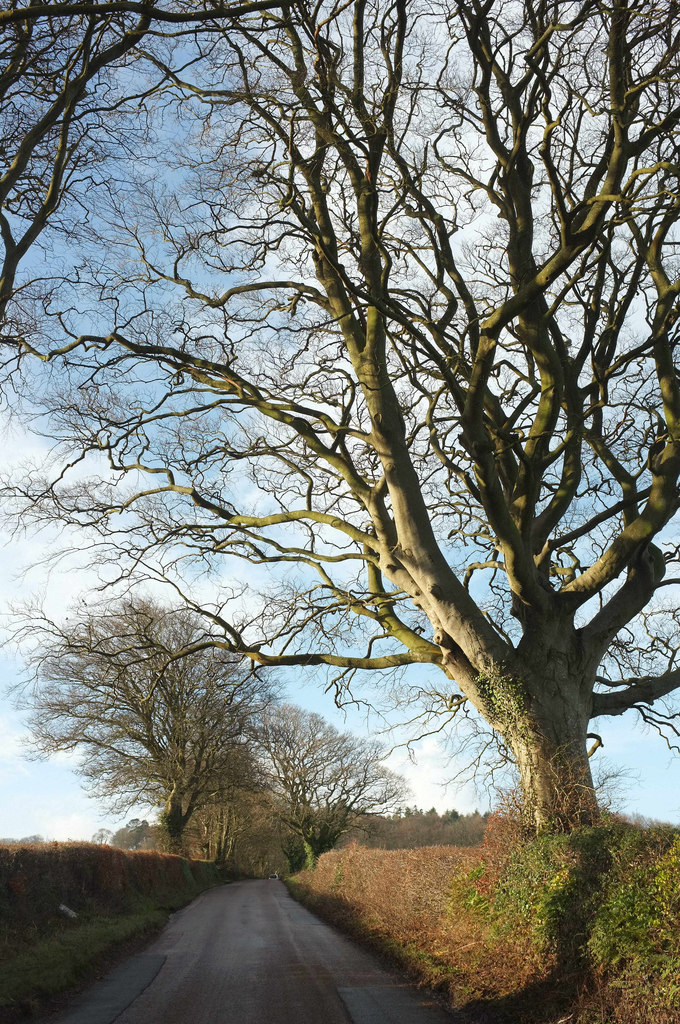
Which is not a scientific statement, Oak and Beech are totally different species, they can’t get married and have kids, little Oach and Beak trees, and far as I know they aren’t trying to.
Trees don’t seem to have governments, and if they do, it’s probably not based on which tree is biggest, which is the sort of thing humans respect for human reasons.
